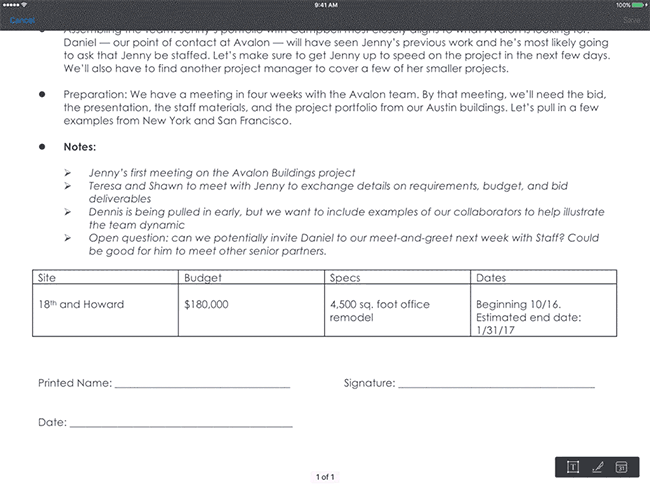

This is done via an API key that is generated by Dropbox itself to keep track of what is connecting to your account and where Dropbox requires you to make a custom Dropbox app. Include your three JavaScript files at the bottom of your HTML file:Ĭreate your app.js and initialize a new Vue instance, using the el tag to mount the instance onto the ID in your view.Ĭreating a Dropbox app and initializing the SDKīefore we interact with the Vue instance, we need to connect to the Dropbox API through the SDK. Download a local copy for both speed and compatibility reasons. You will also need to include Vue and the Dropbox API SDK.Īs with before, you can either reference the remote files or download a local copy of the library files. It’s called #app here, but call it whatever you want – just remember to update the JavaScript.Īs our app code is going to get quite chunky, make a separate JavaScript file and include it at the bottom of the document. Create the HTML structure required for a web page and include your app view wrapper: Getting started-loading the librariesĬreate a new HTML page for your app to run in. This book puts Vue.js into a real-world context, guiding you through example projects to help you build Vue.js applications from scratch. This article is an excerpt from a book written by Mike Street titled Vue.js 2.x by Example. The content of Dropbox doesn’t matter, but having folders to navigate through will help with understanding the code. If you don’t have one, sign up and add a few dummy files and folders. To get started you will need a Dropbox account and follow the steps detailed in this article.



 0 kommentar(er)
0 kommentar(er)
